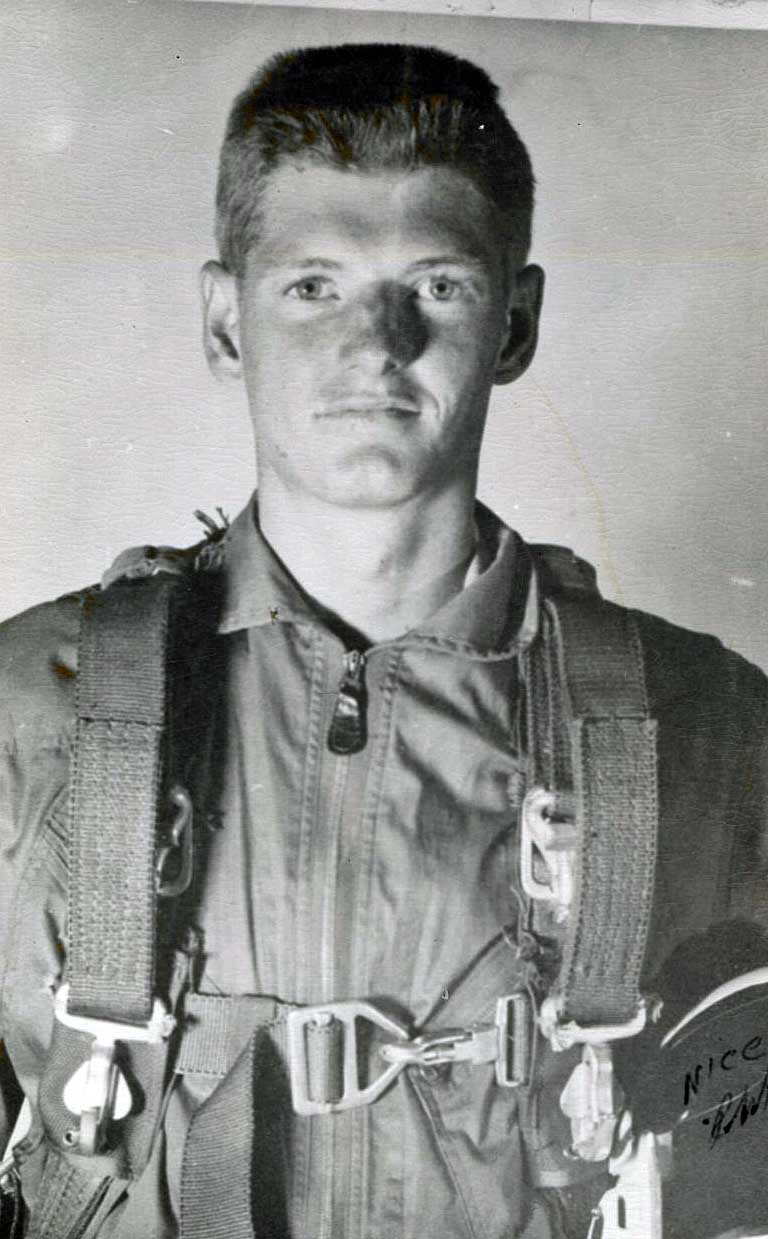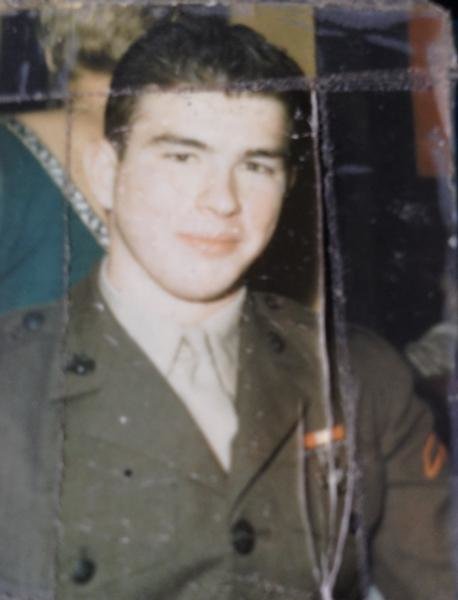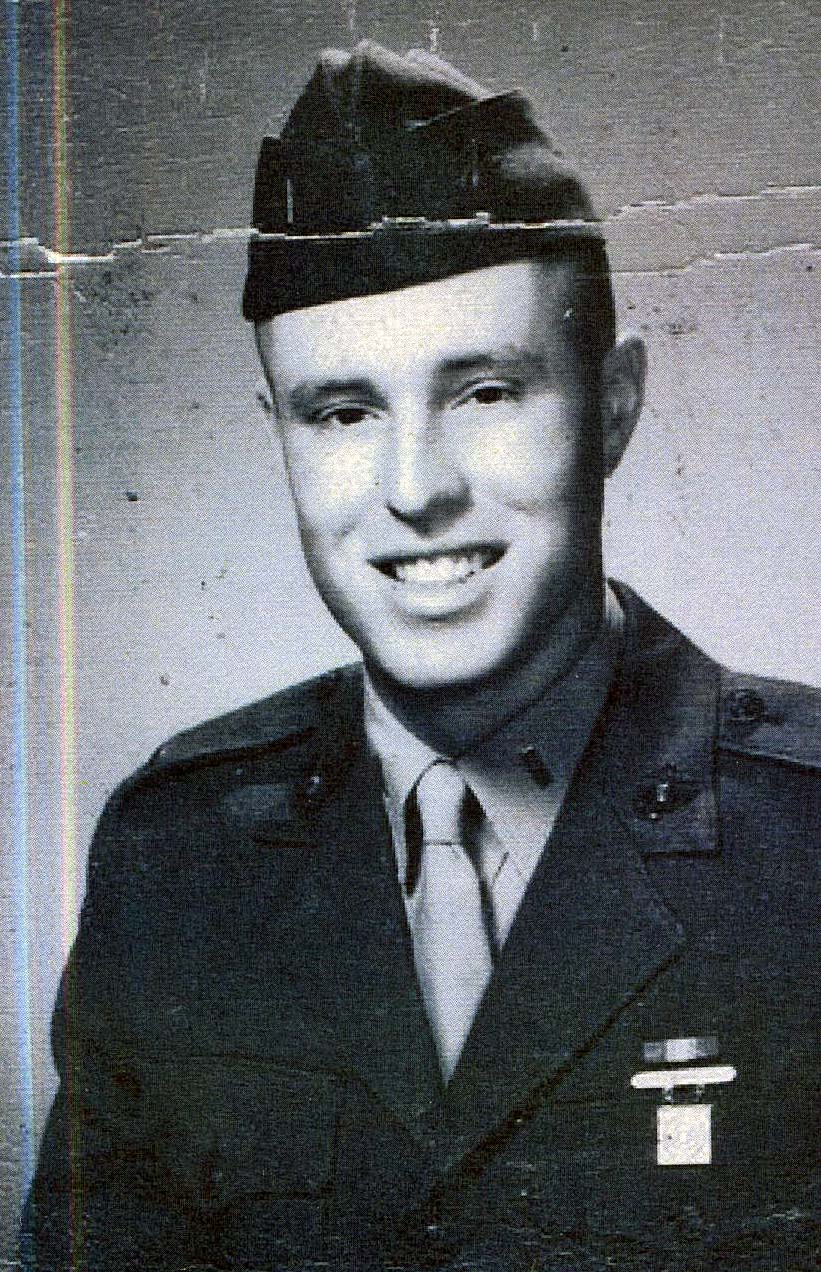
RICHARD W HEROLD - CAPT
- HOMETOWN:
- metuchen
- COUNTY:
- Middlesex
- DATE OF BIRTH:
- December 03, 1944
- DATE OF CASUALTY:
- September 02, 1972
- BRANCH OF SERVICE:
- Air Force
- RANK:
- CAPT
- STATUS:
- KIA
- COUNTRY:
- South Vietnam
Biography
Richard W. Herold was born on December 3, 1944, to Walter and Fern Herold. His home of record is Metuchen, NJ. He had one brother, Robert, and two sisters, Karen and Barbara. He attended Metuchen High School where his interests included tennis, golf, and playing cards. He graduated from high school in 1962. He continued his education at Rutgers University and graduated in 1967. He was a member of Delta Sigma Phi Fraternity.
Herold left Metuchen and entered the US Air Force on October 21, 1967, where he attained the rank of Captain (CAPT).
Herold's records state that he was killed in captivity, though he is officially listed as killed in action on September 2, 1972. He was survived by his ex-wife, Lois.
Herold received the Distinguished Flying Cross, the Air Medal with 10 Clusters and the Purple Heart.
There is a memorial at Rutgers University in New Brunswick, NJ, dedicated to the graduates who were killed or missing in action from the Vietnam War. Herold's name is listed among those killed in action.
Synopsis (from the POW Network) as to the circumstances behind being listed as MIA:
The Steve Canyon program was a highly classified FAC (forward air control) operation covering the military regions of Laos. U.S. military operations in Laos were severely restricted during the Vietnam War era because Laos had been declared neutral by the Geneva Accords.
The non-communist forces in Laos, however, had a critical need for military support in order to defend territory used by Laos and North Vietnamese communist forces. The U.S., in conjunction with non-communist forces in Laos, devised a system whereby U.S. military personnel could be "in the black" or "sheep-dipped" (clandestine; mustered out of the military to perform military duties as a civilian) to operate in Laos under supervision of the U.S. Ambassador to Laos.
RAVEN was the radio call sign, which identified the flyers of the Steve Canyon Program. Men recruited for the program were rated Air Force officers with at least six months experience in Vietnam. They tended to be the very best of pilots, but by definition, this meant that they were also mavericks, and considered a bit wild by the mainstream military establishment.
The Ravens came under the formal command of CINCPAC and the 7/13th Air Force
56th Special Operations Wing at Nakhon Phanom, but their pay records were maintained at Udorn with Detachment 1. Officially, they were on loan to the U.S. Air Attache at Vientiane. Unofficially, they were sent to outposts like Long Tieng, where their field commanders were the CIA, the Meo (Hmong) Generals, and the U.S. Ambassador. Once on duty, they flew FAC missions which controlled all U.S. air strikes over Laos.
All tactical strike aircraft had to be under the control of a FAC, who was intimately familiar with the locale, the populous, and the tactical situation. The FAC would find the target, order up U.S. fighter/bombers from an airborne command and control center, mark the target accurately with white phosphorus (Willy Pete) rockets, and control the operation throughout the time the planes remained on station. After the fighters had departed, the FAC stayed over the target to make a bomb damage assessment (BDA).
The FAC also had to ensure that there were no attacks on civilians, a complex problem in a war where there were no front lines and any hamlet could suddenly become part of the combat zone. A FAC needed a fighter pilot's mentality, but was obliged to fly slow and low in such unarmed and vulnerable aircraft as the Cessna O1 Bird Dog, and the Cessna O2. Consequently, aircraft used by the Ravens were continually peppered with ground fire. A strong fabric tape was simply slapped over the bullet holes until the aircraft could no longer fly.
Ravens were hopelessly overworked by the war. The need for secrecy kept their numbers low (never more than 22 at one time), and the critical need of the Meo sometimes demanded each pilot fly 10 and 12 hour days. Some Ravens completed their tour of approximately 6 months with a total of over 500 combat missions.
The Ravens at Long Tieng in Military Region II, had, for several years, the most difficult area in Laos. The base, just on the southern edge of the Plain of Jars, was also the headquarters for the CIA-funded Meo army commanded by General Vang Pao. An interesting account of this group can be read in Christopher Robbins' book, The Ravens.
On the morning of September 2, 1972 at approximately 0900 hours, a flight of two F4E Phantom jets took off from Takhli airbase in Thailand for a combat mission in Military Region II, Laos. Their target was about 5 miles east of the city of Ban Na Mai in the Plain of Jars region of Xiangkhoang Province. Flying the number 2 aircraft was Captain William Wood, and his Weapons Systems Officer Major Robert Greenwood. The enemy's defense in the area was reported to be light to moderate.
On approaching the target area, the flight made contact with the FAC, Raven 23, flown by Capt. Richard W. Herold, already in the target area. Capt. Wood's aircraft, TUFA 2, made two passes and was rolling out of his third when TUFA 1 observed the aircraft burst into flames. TUFA 2 remained intact but stayed on a ground impacting course. It was later confirmed that Raven 23 had also crashed. No radio contact was made after this point with either aircraft.
TUFA 1 observed one parachute deployed and what seemed to be a second, but his visibility was limited by clouds. It was unclear whether the two aircrafts had collided or both been hit by hostile fire. Two ejection seats were seen, and one personal parachute was seen, and possibly a second. Several parachutes were observed on the ground at the sites, but it could not be determined if they were personal parachutes or flare parachutes. The enemy was active in the area and had moved the tail section of the O1 aircraft. No ground search was possible, and no radio contact was ever made with possible survivors. Wood and Greenwood were listed Missing in Action; Herold's records state that he was killed in captivity.
Sources: Robert Herold (brother), Karen Herold Rubarski (sister), POW Network and NJVVMF.
Remembrances
Be the first to add a remembrance for RICHARD W HEROLD
Help preserve the legacy of this hero, learn about The Education Center.
LEARN MORE

